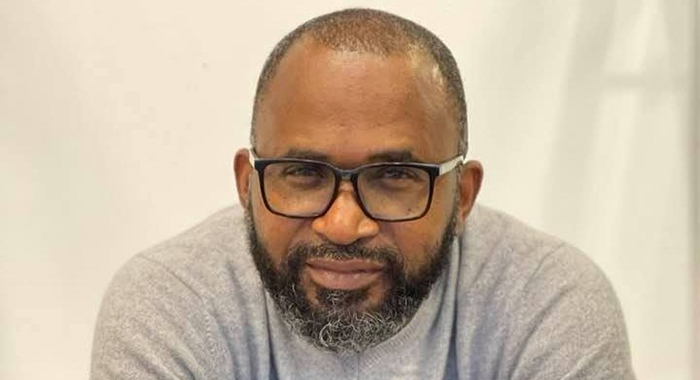A few days ago, I wrote, in a piece published in iWitness News, that too often we fail victims, not only at the time of their trauma, but in how we respond when they speak. We judge their tone. We question their timing. We search their past. We scrutinise their character. And in doing so, we make it harder for them and others to ever speak again.
The Searchlight article, of April 25, quoting Dr. Rosanna Marks in response to the near-drowning incident involving a student from the Girls’ High School, is a textbook example of that failure. It is a disappointing, dangerous, and deeply troubling attempt to downplay the child’s fear by filtering it through clinical detachment and institutional defensiveness.
Dr. Marks, who identifies herself as a doctor and trained lifeguard, insists that what happened does not meet the clinical threshold of a near-drowning. But the problem is not in the terminology. The problem is that a child said she was afraid, said she almost drowned, and instead of reassurance and reflection, she and her family were met with rebuttal and resistance.
Dr. Marks lists everything the student did not do. She did not scream. She did not call for help. She later ate lunch. She got back in the pool. Therefore, Dr Marks concludes, the student could not have been in distress.
But that is not how trauma works. And that is not how we should respond to a child in fear.
A near-drowning is not defined solely by inhaling water, being unconscious, or requiring CPR. It is defined by proximity to harm. If a child who cannot swim begins to panic in deep water, and if others intervene to assist her, then the question is not whether she gulped water, but whether she could have drowned without help. That is near-drowning.
Let us consider this. If a car stalls on a railway track and a train is approaching at full speed and the driver panics. Then, in the very last second, the car starts and the driver escapes, would we say the train did not hit the car, so it was not a near-death experience? Would we dispute the driver’s fear? Would we say the person exaggerated because the worst did not happen?
Or take a more common example: A person begins to choke while eating. The food lodges in their throat. They panic. Maybe they stand up. Maybe they cough violently. But in a few tense moments, the food is expelled and they sit back down, shaken. Would we say they did not almost choke just because no one performed the Heimlich? Would we say the danger was not real because they returned to their plate?
This is the same flawed reasoning being applied here. It is not only flawed. It is cruel.
What makes this worse is the way the student’s story was picked apart, not only clinically, but personally. We are told about her record. We are told she has had run-ins with school officials, as if that disqualifies her from being taken seriously. As if credibility now depends on a spotless file.
This is exactly what I warned against. It is victim-blaming, repackaged. It is the same institutional defensiveness that causes victims of sexual assault to remain silent because they know their past, their tone, and even their reputations will be used against them. That same instinct is now being used against a child who said I almost drowned.
And then there is her family, her mother and sister, who say they felt dismissed. That their concerns were met not with reassurance, but with resistance. And when we look at the public response, it is clear they were right. The article does not reassure. It defends authority.
We are told the student did not cry out. But many people in distress do not cry out. Some freeze. Some try to compose themselves. Some stay quiet to avoid embarrassment. We are told she went back in the pool. But trauma is not linear. A child may try to act normal, to fit in, to convince herself she is okay. That does not invalidate what she felt when she was in that water.
This was a moment for calm, responsible leadership. A moment to say we understand the child was frightened and we are reviewing our safety protocols. That would have been enough.
Instead, what we received was a defence of credentials, a dissection of behaviour, and a public dismissal of fear. And layered on top of it all, a public smear of the child’s mother, described as an irate parent with a history of conflict, as if that somehow justifies ignoring the child’s distress.
We must listen. We must listen.
It is not about textbook definitions. It is about lived experiences. It is about how a person feels in a moment of helplessness, in a moment where safety feels out of reach.
Let us stop failing those who come forward.
Let us listen to our children.
Marlon Bute
The opinions presented in this content belong to the author and may not necessarily reflect the perspectives or editorial stance of iWitness News. Opinion pieces can be submitted to [email protected].







Absolutely 💯
Excellent Marlon….our society is very sick…our leaders lack empathy and compassion…..and that’s not about to change.
Yes, please! Let’s stop failing those who come forward. Let’s listen to the children.
Solid analysis.
The analysis would have been spot on in the perfect world if all the circumstances were real and truthful.
Thank you
Stephen Joachim do you want to know someone who is so sick then you have to look in the mirror.